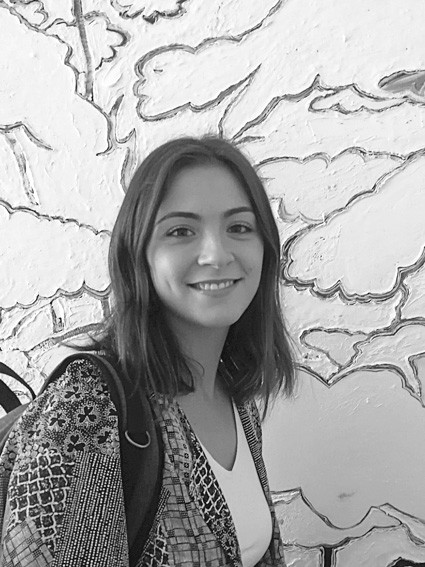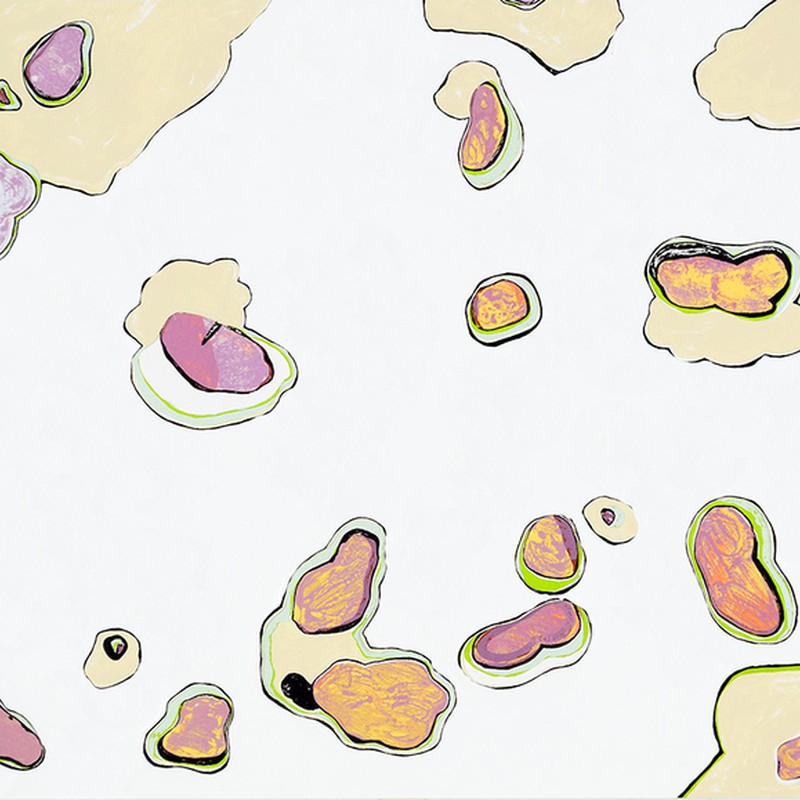
Beatriz Coelho
Beatriz Coelho (Porto, 1995) lives and works in Lisbon.
She has a degree in Painting from the Faculty of Fine Arts of the University of Lisbon (2018).
Since 2015, she has regularly participated in exhibitions, of which we highlight: I will take the risk, curated by Carolina Trigueiros and Tomaz Hipólito, Tomaz Hipólito Studio, Lisbon, PT. 2019; Young Creator Exhibition, Nova SBE, Carcavelos, PT, 2019; Painting Finalists 16'17, Sociedade Nacional de Belas-Artes, Lisbon, PT, 2018; Carpe Diem A. J. Millennium BCP, Águas-livres 8, Lisbon, PT. 2018; ARTLAB - UR - Trilogy of Worlds, Contemporary Tapestry, Museu da Tapeçaria de Portalegre - Guy Fino. Portalegre, PT. 2015-2016.
In 2018, she was selected as a finalist and was one of the winners of the Young Art Prize - an initiative of Carpe Diem Arte e Pesquisa with the support of CPS and the Millennium BCP Foundation - having developed an editorial project at the Portuguese Serigraphy Centre.
In 2019, she was selected as a finalist in the Young Creator Competition.
Among other participations and in addition to her artistic practice, she collaborates as an author of articles for different magazines and integrated platforms in the field of plastic arts, such as Artecapital.
The artistic project that Beatriz Coelho has been developing involves the exploration of a temporal dimension, starting with the practice of painting and extending to other disciplines, such as tapestry, drawing and sculpture. An exploration that addresses the main idea of temporality, understanding this interest from a thematic and procedural point of view. In the thematic field, we constantly find ideas that are related to our relationship with the past (memory, recollection, nostalgia), with the present (look, attention) and with the future (yearnings, desires, expectations). From the procedural point of view, she is interested in issues inherent to the very making of painting and of the other disciplines she works with, issues that are inevitably associated with a temporal dimension, such as materiality (a kind of temporal sedimentation), collage and the play between different surfaces (of which the edition developed at the CPS is an example). It is on this elastic thread that his body of work develops, fluctuating between figuration and abstraction - often integrating elements that could be defined as figurative suggestions, proposing that which lies between the visible and the invisible, suggesting a "beyond" its last inscription.
In the end, these are works that do not narrate precise stories, nor are they defined by closed scripts. Rather, they pave the way: only by proposing narratives and offering something to discover in the mystery of their corporeality - or their absence - allowing the viewer access to profoundly human questions.
